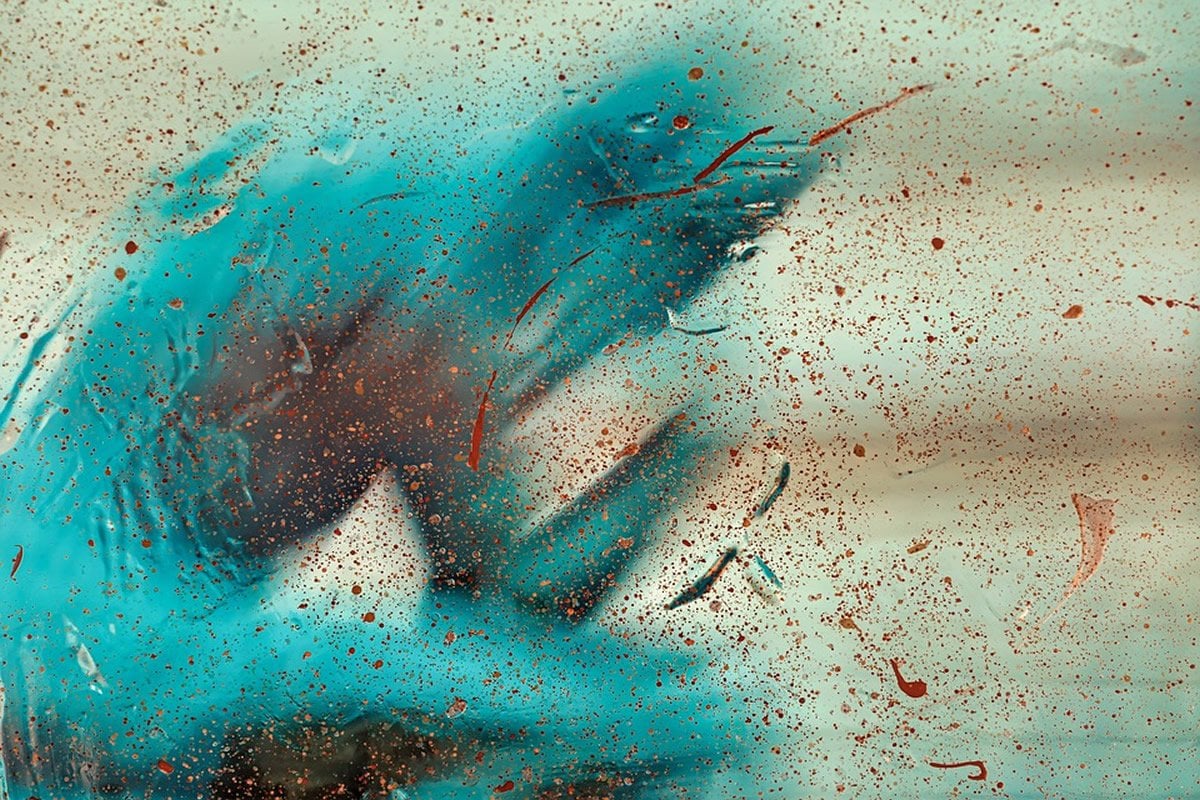Summary: Microdosing, a growing trend where people take small doses for psychedelic drugs, is associated with improved mood, focus, and creativity. For some, microdosing may provide a possible alternative to SSRI antidepressants. However, researchers warn of some potential problems with microdosing, including negative side effects, psychological stigma, and exposure to elicit, black market products.
Source: University of Toronto
A University of Toronto Mississauga researcher and his colleagues have “uncovered high potential research avenues” for assessing the benefits and drawbacks of microdosing with the psychedelic substances LSD (lysergic acid diethylamide) and psilocybin (the key ingredient in magic mushrooms).
Their study, published in the latest Harm Reduction Journal, found that people who took very small doses of psychedelic substances commonly reported improved mood and focus, along with concerns about illegality and stigma.
Microdosing refers to the practice of regularly ingesting small, non-hallucinogenic amounts of psychedelic substances. The National Post traces the trend back to 2010 when biohackers began seeking a competitive edge; it has continued to grow. Thomas Anderson, a Ph.D. student and cognitive neuroscientist, associate professor of psychology Norman Farb, Rotem Petranker from York University, and colleagues from the U of T Faculty of Medicine and U of T Scarborough are the first to explore microdosing scientifically.
“The most common benefit was improved mood, which suggests that researching microdosing as a potential pharmacotherapeutic treatment for depression could be worthwhile,” Anderson says. “Microdosing could provide a possible alternative to SSRIs [selective serotonin reuptake inhibitors, a class of drugs commonly used to fight depression], which are great but don’t work for everyone. Microdosing won’t work for everyone, either, but it could provide a possible alternative to other treatment pathways.”
Participants also reported improved creativity, which includes divergent thinking, curiosity, and openness. This creativity finding agrees with another recent publication by Anderson and colleagues that reported microdosers were more creative and open and less neurotic and dysfunctional.
In the paper, Anderson and colleagues collected reports from almost 300 self-identified microdosers and have distilled the reported improvements into categories. The top categories were: improved mood (27 percent of reports), focus (15 percent), creativity (13 percent), and self-efficacy (11 percent). Mood refers not only to happiness and well-being but also to reduced depression, according to participants.
The top challenges associated with microdosing were physiological discomfort and concerns about illegality. The discomfort included complaints such as headaches, nausea, and insomnia, while illegality posed the biggest concern for microdosers, who must shop the black market to get psychedelics. They may not be sure of the purity of their purchases and there may be an irregular supply. Stigma concerning illegal substances was also present, but users may not face as much stigma as the microdosing community fears, says Anderson.

“Many people are relatively accepting of psychedelics privately, but the same people can incorrectly believe that others are not so accepting and so they think there is lots of stigma when there isn’t. We’ve had academics come out of the woodwork to support us—we have not heard from anyone that’s actually against the responsible scientific study of these substances.”
The authors caution that the study makes no causal claims; it simply reflects the experiences of people involved in microdosing. “Scientifically speaking, we don’t know if microdosing does anything at all,” says Anderson. The goal of the paper is to “provide a basis for future research,” he says, and it reveals high potential research avenues so funding can be spent investigating the most promising uses of microdosing.
“Ultimately, pre-registered randomized placebo-controlled trials (RCTs) of microdosing psychedelics are needed to test its safety and efficacy,” the authors write.
Source:
University of Toronto
Media Contacts:
Elaine Smith – University of Toronto
Image Source:
The image is credited to Juan Gaertner.
Original Research: Open access
“Psychedelic microdosing benefits and challenges: an empirical codebook”. Thomas Anderson, Rotem Petranker, Adam Christopher, Daniel Rosenbaum, Cory Weissman, Le-Anh Dinh-Williams, Katrina Hui and Emma Hapke.
Harm Reduction Journal. doi:10.1186/s12954-019-0308-4
Abstract
Psychedelic microdosing benefits and challenges: an empirical codebook
Background
Microdosing psychedelics is the practice of consuming very low, sub-hallucinogenic doses of a psychedelic substance, such as lysergic acid diethylamide (LSD) or psilocybin-containing mushrooms. According to media reports, microdosing has grown in popularity, yet the scientific literature contains minimal research on this practice. There has been limited reporting on adverse events associated with microdosing, and the experiences of microdosers in community samples have not been categorized.
Methods
In the present study, we develop a codebook of microdosing benefits and challenges (MDBC) based on the qualitative reports of a real-world sample of 278 microdosers.
Results
We describe novel findings, both in terms of beneficial outcomes, such as improved mood (26.6%) and focus (14.8%), and in terms of challenging outcomes, such as physiological discomfort (18.0%) and increased anxiety (6.7%). We also show parallels between benefits and drawbacks and discuss the implications of these results. We probe for substance-dependent differences, finding that psilocybin-only users report the benefits of microdosing were more important than other users report.
Conclusions
These mixed-methods results help summarize and frame the experiences reported by an active microdosing community as high-potential avenues for future scientific research. The MDBC taxonomy reported here informs future research, leveraging participant reports to distil the highest-potential intervention targets so research funding can be efficiently allocated. Microdosing research complements the full-dose literature as clinical treatments are developed and neuropharmacological mechanisms are sought. This framework aims to inform researchers and clinicians as experimental microdosing research begins in earnest in the years to come.






